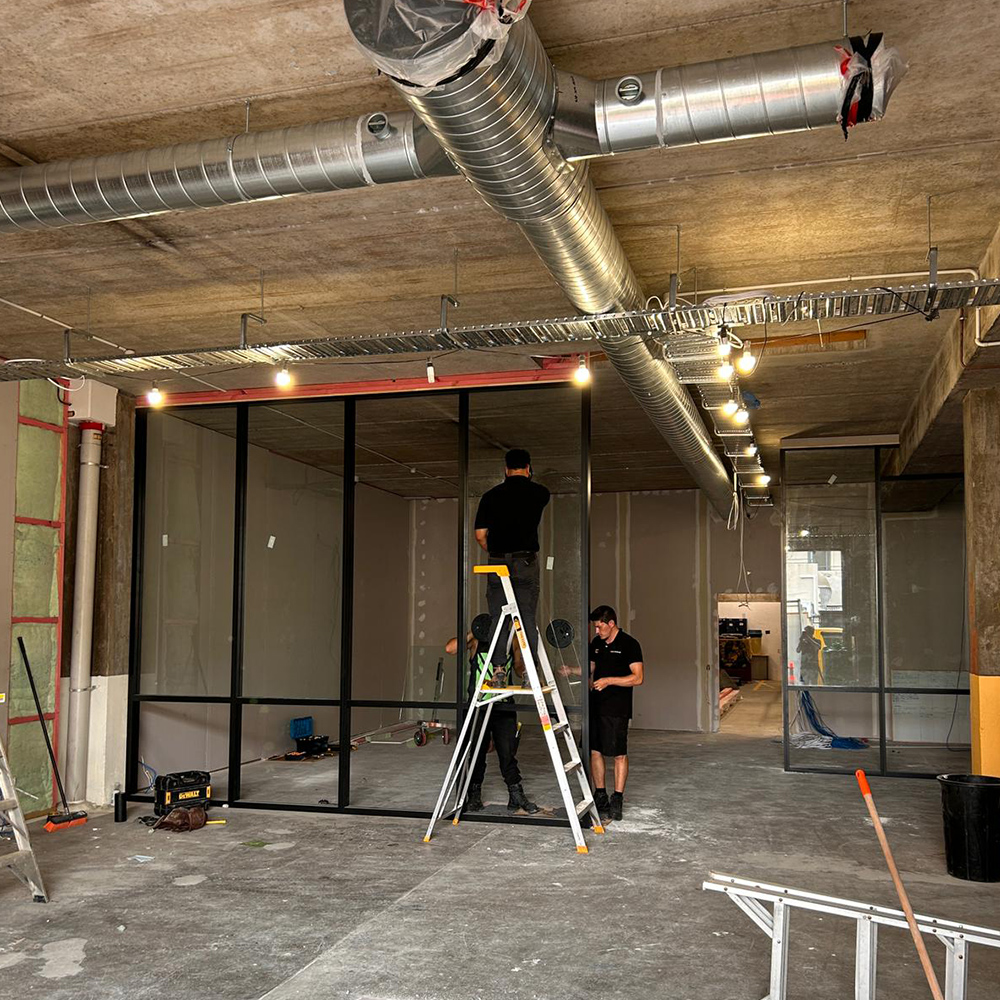Understanding Your Home's Electrical System
Comprehensive Guides →
Understanding the basics of your home’s electrical system is crucial for ensuring your safety and the efficient operation of your household. This comprehensive guide covers the key components, including circuits, breakers, and panels, and explains their roles in providing safe and reliable electricity to your home.

What Makes Up Your Home’s Electrical System?
The Role of Circuits, Breakers, and Panels
Why It’s Critical to Your Safety
Maintenance Tips
Understanding Your Electrical System’s Capacity
Residential
EXPLORE →
Commercial
EXPLORE →
Industrial
EXPLORE →
